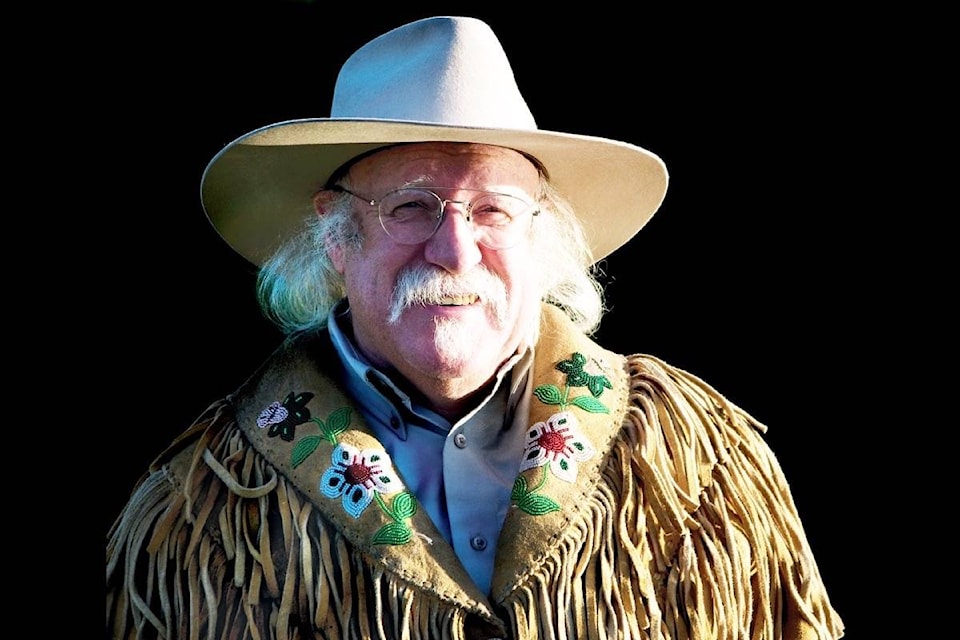Over the years I have probably caught at least half a dozen kokanee, not so much by intent but rather by accident.
The simple truth is that while trolling for trout, I inadvertently managed to catch kokanee. I guess Kokanee were never all that high on my list of fish I wanted to pursue. Be that as it may, as I mentioned in last week’s column, I recently made a decision to no longer fish for sockeye salmon.
Yes, I know that kokanee salmon (Oncorhynchus nerka) are a non-anadromous form of the sockeye salmon, but the important thing is that while sockeye salmon numbers (the anadromous variety) are in serious trouble, there are plenty of kokanee, especially in our Interior lakes, rivers and streams. I am also told that kokanee are fun to catch and taste pretty good when prepared the right way.
The key to catching kokanee, like any fish, is understanding their feeding habits. Kokanee feed mainly on zooplankton (very small aquatic animals) which they filter from the water through numerous fine combs on their gills called gill rakers. Zooplankton are light sensitive and will only move up in the water column during low light periods. During bright daylight hours zooplankton move deeper in the water column where light penetrates less. Kokanee follow their food supply. Kokanee will also sometimes feed on small insects, larvae, plants and shrimp. The fact that kokanee eat mostly zooplankton and small insects made me wonder why they would strike at large lures but they do. All you have to do is walk by the kokanee section of most fishing tackle stores and you can find plethora of artificial creations designed to induce kokanee into striking. I now have a whole tackle box full of kokanee gear just waiting to be tried out come next spring.
Related: While sockeye decline, kokanee remain abundant
Trolling is the most effective way to fish for kokanee. The key to success is to position your presentation at a targeted depth in order to first attract and then, secondly, induce fish to strike. Kokanee are initially attracted by sound and motion and strike only when they decide that something looks like food.
Kokanee have three physical mechanisms used to detect sound. They detect sound with their inner ears, a lateral line on each side of their body, as well as their air bladder. The air bladder is used primarily to detect distance sounds while the inner ear and lateral lines are used to pick up more nearby sounds. Terminal tackle such as dodgers and flashers are used to induce an attraction response. Their movement creates sound waves that kokanee detect through their air bladder.
Sound attracts kokanee to your setup, colour also plays an important role, especially in short distance attraction. Kokanee use sight to determine shape, contrast and colour. Water clarity and light levels determine how well colours are reflected. The deeper your presentation is in the water, the less light reflected. Red, orange and yellow disappear in that order, then purple, greens and blues. Today’s ultraviolet and fluorescent dodgers and lures require much less light to be seen underwater and allow your setup to stand out that much more.
There is certainly no shortage of kokanee specific tackle available on the market these days. From what I have been told, small dodgers between three to five-inches long combined with small lures, soft plastic hoochies, wedding rings and/or small spoons are all effective ways to attracted kokanee. Baits such as live maggots, Power Bait synthetic maggots, cured and dyed white corn and shrimp also work well. Bait scents provide one more thing for kokanee to target in on. Remember that kokanee have very soft mouths so using a rubber snubber can reduce incidents of your lure being ripped out or damaging a fish’s mouth.
Related: Column: Catching kokanee in Shuswap Lake
Most anglers apparently use two downriggers set up to fish at two slightly different depths. If your boat, like mine is not set up with downriggers, you can use tie-on weights between a half to four ounces and simply count how many feet you are letting out. Based on advice from a number of experienced kokanee anglers, I recently bought two reels with built-in line counters loaded with 10-pound fluorocarbon line. I also bought two different kokanee-specific rods that have light actions and lots of flex.
I’m told kokanee fishing can sometimes be challenging. Be that as it may, I am looking forward to next season when I hope to catch kokanee by design – instead of by accident.
@SalmonArm
newsroom@saobserver.net
Like us on Facebook and follow us on Twitter
